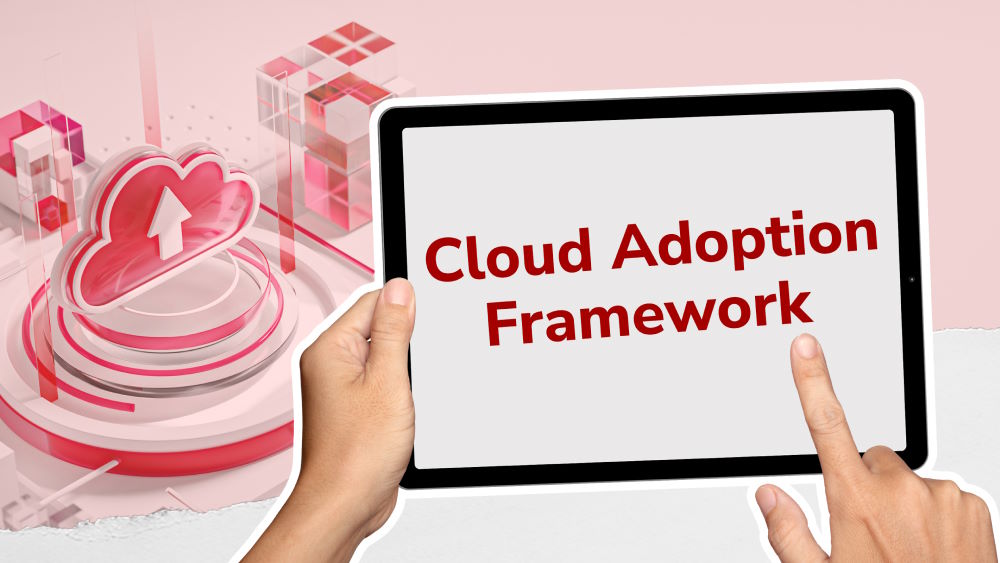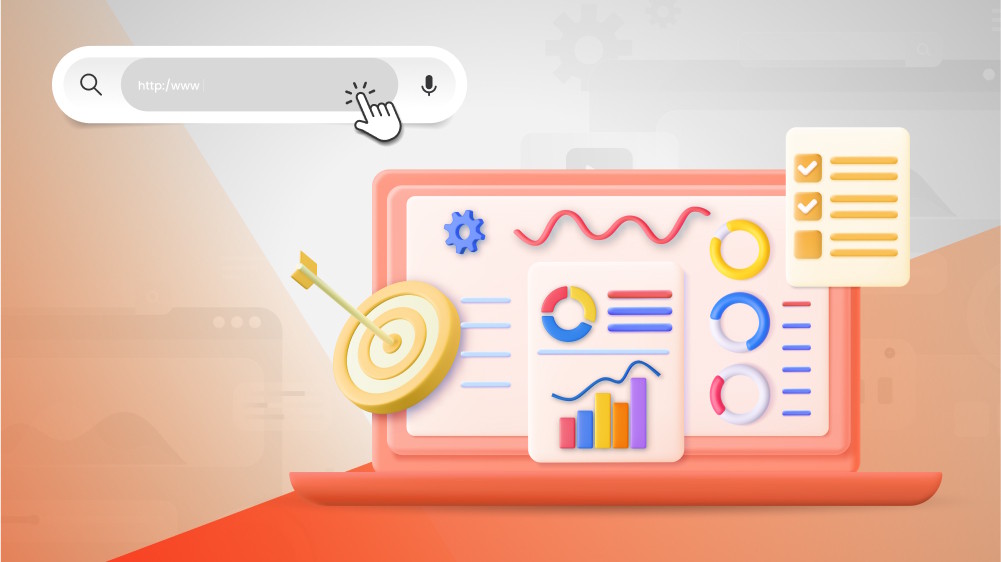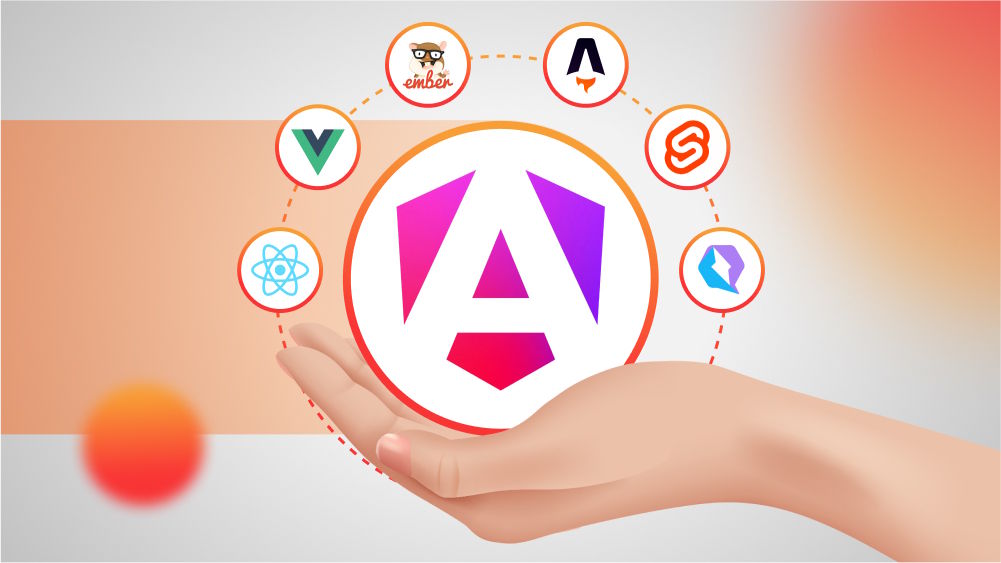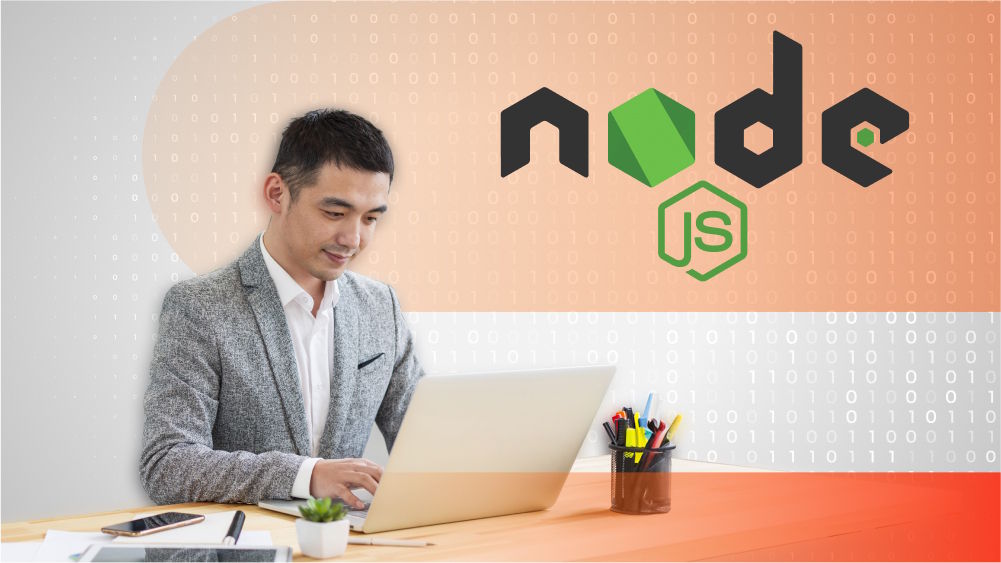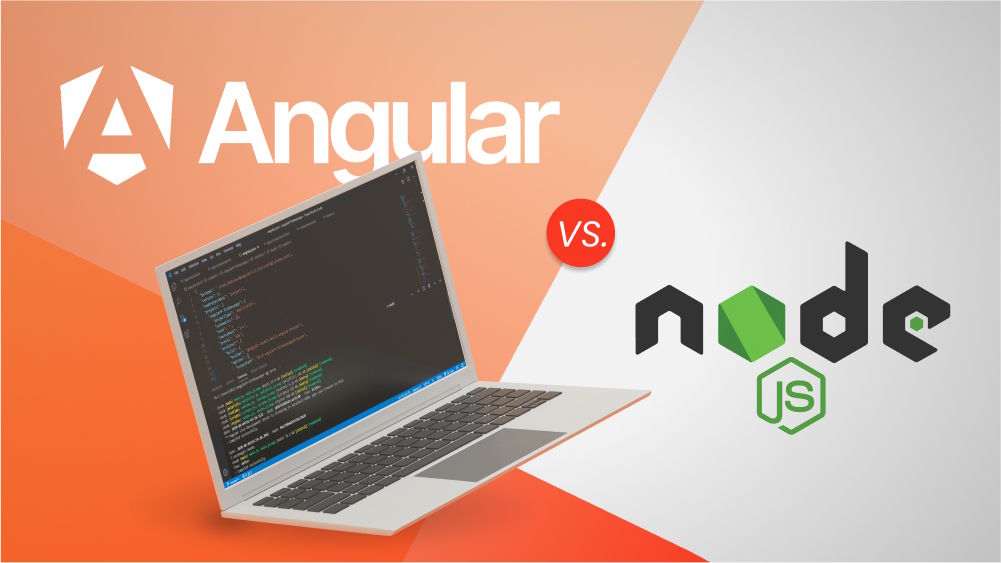Top 50+ Software Development Frameworks
This is a quick review on top 50+ software development frameworks. Explore our picks and choose the best one for your upcoming project.

Content Map
More chaptersSoftware development frameworks are essential tools for all developers. They provide a predefined structure for building dynamic web pages, mobile applications, or a lot more types of software.
Opting for a framework can considerably streamline the development process of any project by providing ready-made components and tools that software engineers can leverage to put together their products in a faster and more efficient manner while ensuring the code is written consistently and well organized.
At the present time, there are a plethora of software development frameworks available in the market, each with its own set of unique features and strengths. Get ready because we are going to take you on a tour of over 50 common software development frameworks that are in use today.
But before we go, let’s furnish you with some helpful information - including the definition, pros and cons, and how to choose a suitable framework for your development projects.
What Is a Software Development Framework?
By definition, a software development framework is basically known as a structured set of components, tools, libraries, best practices, and guidelines that provide its users with a foundation or platform to build a software system from scratch. In a simpler way, you can consider it a template of a program in which developers can modify it or add new functions to turn it into a more sophisticated system by adding codes.
Such software engineering frameworks are designed to support and ease the development process; therefore, they are equipped with all the standard features like reusable codes, libraries of functions, editor tools, compilers, application programming interfaces (APIs), database access, front-end interface, etc., to handle general tasks. So, you do not have to write the code yourself or reinvent the wheel every time you start building a new system. Otherwise, software frameworks are also meant to help developers solve more complicated problems.
In practice, frameworks can be used to develop a broad range of digital products, namely desktop applications, mobile apps, web-based software applications, etc. Therefore, they are often categorized by the type of development environment they are equipped for:
- Mobile development frameworks
- Web development frameworks
- Desktop application frameworks
- Cross-platform development frameworks
- Data science frameworks
- Front-end frameworks
- Backend frameworks
- Etc.
Moreover, different frameworks are associated with specific programming languages and often prove useful in various cases. For example, Net Core and React are associated with C#, Angular is best suited for JavaScript, and Ruby on Rails works well with Ruby. For this, frameworks are often divided into groups based on programming languages that they are compatible with. For instance, Java frameworks. Thus, it is necessary to identify which language you will be using before you can decide on a software development framework to opt for.
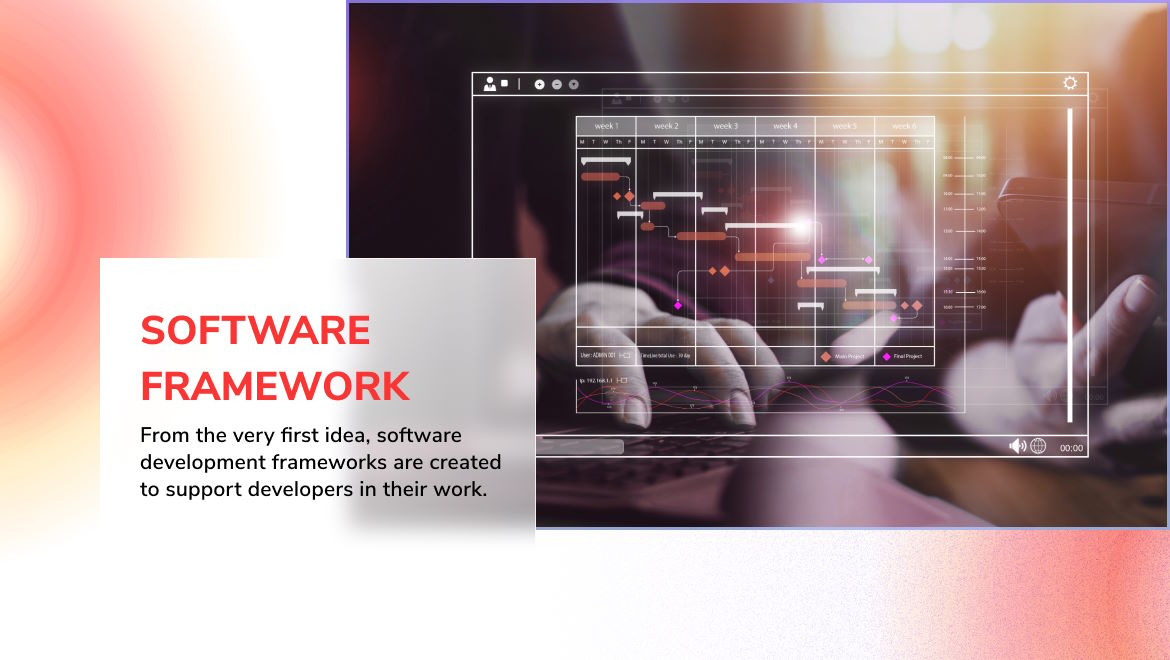
Advantages of Using a Software Framework
From the very first idea, software development frameworks are created to support developers in their work. Some of the notable benefits include:
Easier Development and Maintenance
A framework provides a stable, well-defined structure for a software system and libraries of reusable code that can be used to accelerate development. This way, software developers can reduce the time and effort required while still improving the quality and speed of their work.

Code Reuse
One of the primary advantages of using frameworks is that you can reuse code. As mentioned earlier, you do not have to go back and rewrite the same code every time. For example, if there is a function or class that you are constantly using across applications, then it makes sense to include it in your framework so that you only have to write it once. Needless to say, it is a huge time-saver.

Consistent Code Structure
Every time you use the same connection string or configuration file, or you have to repeat the same procedure for different processes, your productivity may be affected. With a framework, software developers can remain consistent as they are provided with a standard structure and coding style to follow throughout the entire project.
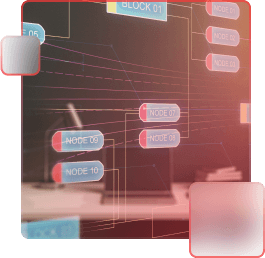
This will also make it easier for new developers to keep up with the project and quickly understand and work with the codebase. Moreover, development frameworks are often compatible with multiple programming languages, making it easier for developers to switch between projects.
Enhanced Security
Most frameworks come equipped with security features and best practices. Therefore, developers can build secure applications by default with less concern about the risk of common vulnerabilities, such as SQL injection and cross-site scripting.

Cost-Efficiency
It is less obvious; however, using a software development framework for your project can significantly save overall development costs and resources in the long run. By having access to prebuilt libraries, developers can save time on writing code from scratch; they can prioritize other tasks that need to be completed faster rather than creating basic functionality. Not only does it lead to efficient resource allocation, but it also results in shorter turnaround times and increased productivity.

Cross-Platform Compatibility
In mobile app development, you can choose to use a cross-platform framework to build an application that can operate on multiple operating systems (i.e., Windows, macOS, Linux) without any significant changes in code.

Scalability
Most of the frameworks are designed to facilitate the growth of applications. So, it will not be a problem if you want to scale up your product as user demand increases. There will be no performance or stability compromise.
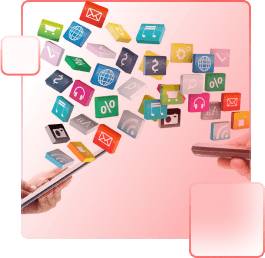
Community Support
When it comes to popular development frameworks, you can rest assured that they usually have large communities of users offering resources, forums, and documentation. You and anyone on your technical team can seek advice, support, or guidance with ease.

Disadvantages of Using a Software Framework
However, using a framework in software development is not a perfect solution. It has certain drawbacks that software developers need to be aware of before deciding which one to go:
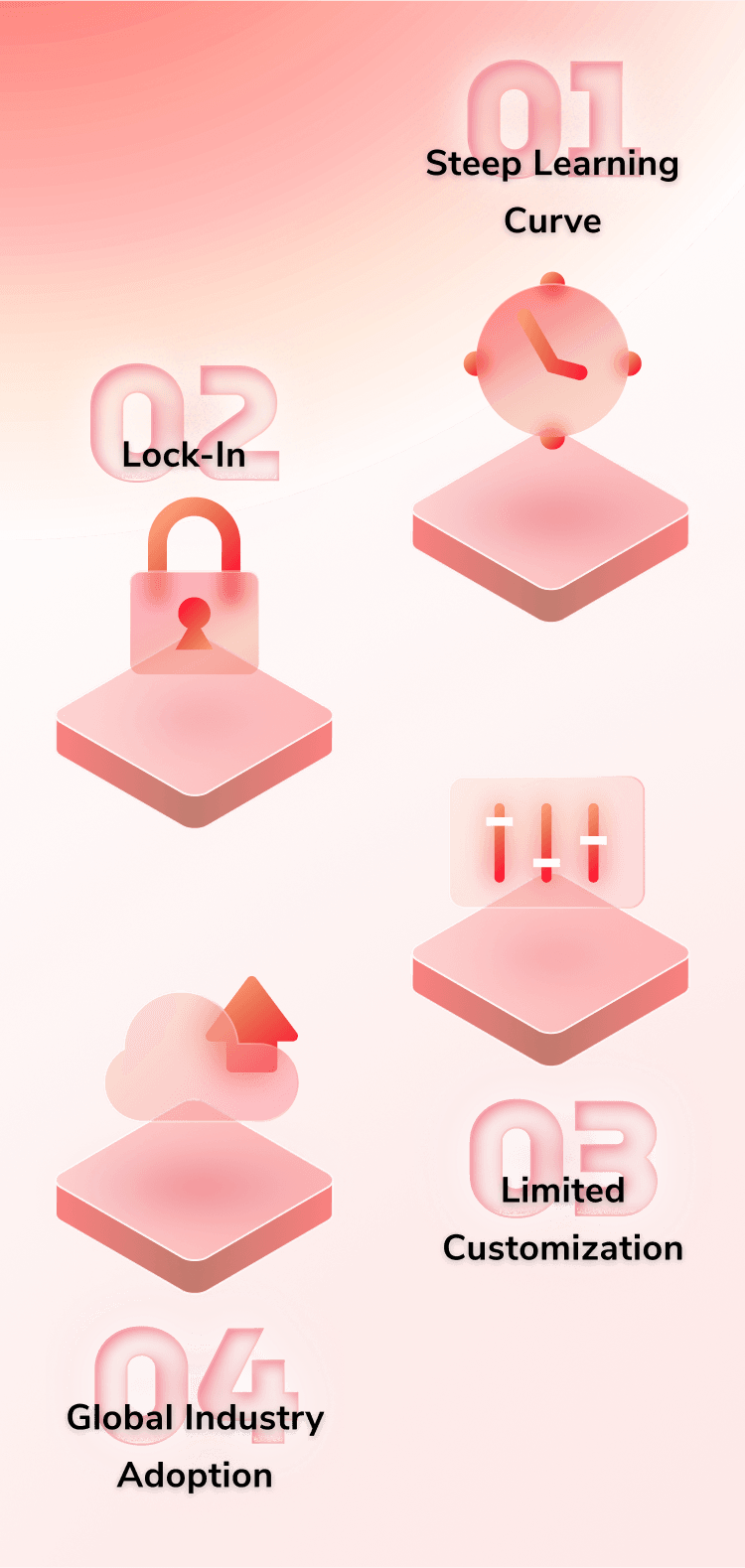
Steep Learning Curve
Developers may encounter a learning curve when getting accustomed to a brand-new software framework. The more complex the chosen framework is, the more difficult it may be to learn and use. This may become a bigger problem, causing frustration and wasted time.
Lock-In
Once you adopt a framework, you are committing to it. Therefore, it may turn out to be troublesome for you to switch to a new framework or technology stack if you pick an inappropriate one in the first place. The process of migrating away from the wrong framework may cost you dearly.
Limited Customization
Prebuilt frameworks are often less flexible than custom code, of course. Hence, they may not always offer efficient solutions out of the box. It can also be daunting to solve unique or edge cases. If your project does not fit into a framework’s mold, then you may have a problem.
The predefined structures and conventions may restrict the customization options. So, it is much more likely that developers have to create workarounds or restructure the code to meet complex or unconventional requirements.
Increased Dependency on Third-Party Libraries
Frameworks rely on third-party libraries to do much of the heavy lifting. However, keeping up with framework updates and changes is not an easy task as it requires modifications to the codebase and could bring forth new bugs or compatibility issues. If these libraries are not available or not up to date with the latest features, your project may be in trouble.
How to Choose a Suitable Development Framework
What do you usually do when you have too many different frameworks available to choose from? Being selective and attentive is necessary, no doubt. However, you also need a strategy to filter out the most suitable development framework for your project.
First, you should consider the framework’s language. If you have no preference yet, you can start with the popular programming languages, such as Java, Python, or Ruby. Next, you should consider whether the framework is open-source or not. If it is, then there will be a possibility of a large user base and more frequent updates and contributions. In contrast, paid frameworks are usually more reliable and offer better support, but they may not be as customizable or up-to-date.
A framework backed by a good community can come available with lots of tutorials and users, so you can easily find support when necessary. In addition, the size of the community base also reflects how mature one software development framework is. This means that it has been around for a while, and people have had enough time to find out how good it is.
Don’t forget that you can look at case studies or example applications to understand what type of development processes/methods would work best with your chosen framework. This will give you an idea of what to expect and how the framework should function. If you have no idea where to find these, check out the framework’s website or a repository specializing in software development frameworks.
Ultimately, the best way to find the right framework is to try it out yourself. Oftentimes, you need to test a framework to understand how it works in your own scenario. From the findings, you can then figure out whether it is the right software framework for you. If not, you can switch to another one.
50+ Popular Software Development Frameworks
As mentioned above, there are so many development frameworks out there, and each with its own advantages and disadvantages. Hence, it can be hard to decide which frameworks work best for your project. Here, we have compiled a list of over 50 options of different languages and use cases so you can pick and choose the right one. Please keep in mind that this list CANNOT contain information about all the frameworks, only the common ones.
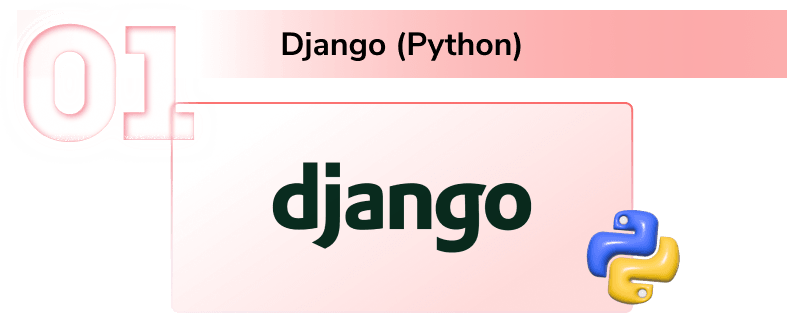
Python is not only a powerful and easy-to-use programming language, but it also has an ecosystem of web frameworks that make building websites much easier. Django is one such framework; it’s prevalent among developers because of its large library of extensions and the fact its automatically generated administration panel allows you to build and deploy bug-free sites rapidly. Also, it is compatible with Google App Engine, making it simple to deploy applications onto the cloud.
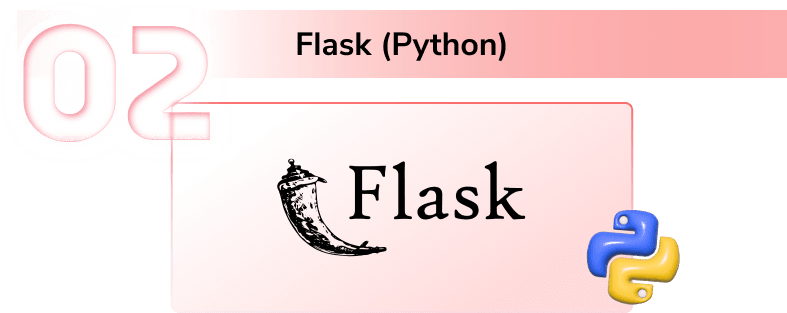
Flask is a microframework for Python that enables you to create web applications easily. It’s based on the Werkzeuge and Jinja2 libraries and provides a simple API for routing, templating, and data storage. Flask is perfect for small projects or prototypes and has a large community of developers who are always happy to help out.
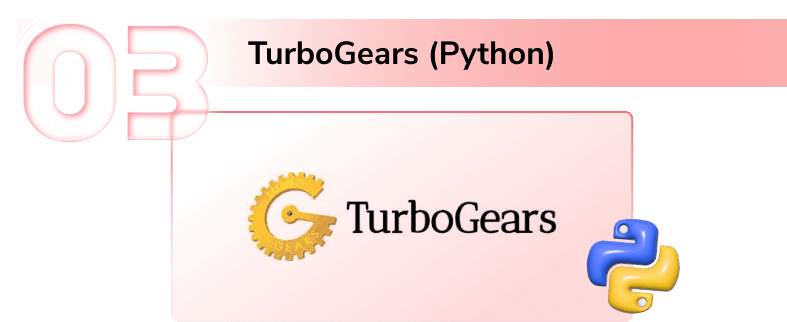
TurboGears is an open-source, rapid-development web framework in Python. TurboGears combines the excellent Pylons/Pyramid framework with a Bootstrap-based skin to create a powerful platform for your next big idea.
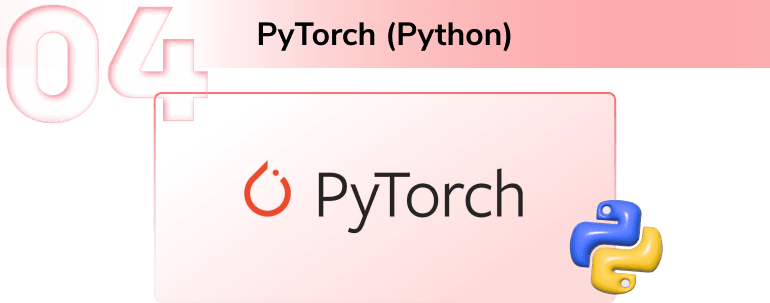
PyTorch is a Python library that provides two high-level features: Tensor computation with strong GPU acceleration and deep neural networks built with a tape-based autoloop. It has been used by large companies such as Facebook, Twitter, Salesforce, Nvidia, Intel, Qualcomm Inc., Uber Technologies Inc., Nordstrom Inc., and Dropbox Inc.
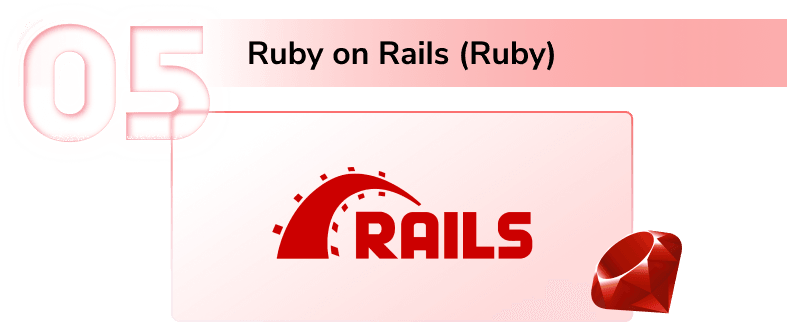
If Python is not your programming language of choice, you might consider Ruby on Rails, which has a slightly different philosophy underpinning its design, although similar in many ways. Popularity is a pivotal reason for choosing RoR; it’s been used to build some of the world’s largest websites, including Twitter, GitHub, and Hulu. Ruby on Rails also has a huge community of developers who are always happy to help out.
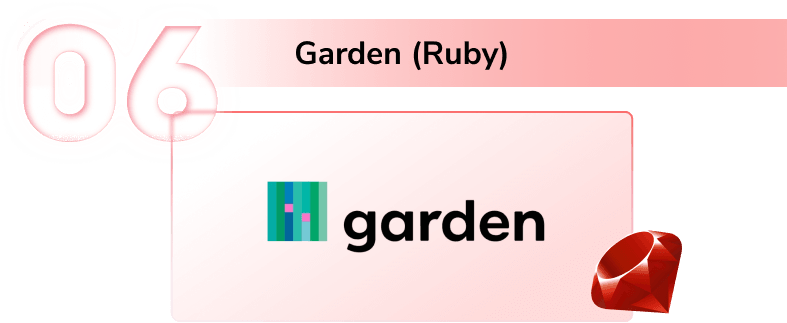
Garden is an open-source Ruby web framework that aims to fix Ruby’s large number of web framework problems. Garden takes a different approach to the existing frameworks. Instead of working on a single framework, Garden works on a number of different frameworks and provides a common set of APIs for them to share. This makes it possible for you to use the right tool for the job instead of being forced to use a specific framework.
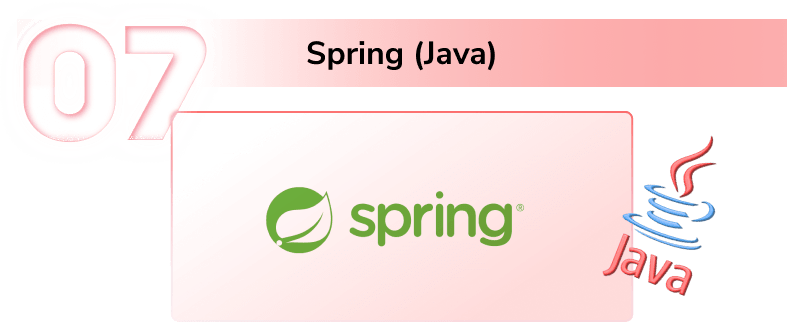
As one of the most prevalent programming languages of all time, it is no surprise that Java has one of the most mature and well-developed frameworks around in Spring. This framework is being used by some of the biggest global companies, such as Amazon, Walmart, and eBay, and is perfect for building both web apps and enterprise-level systems.
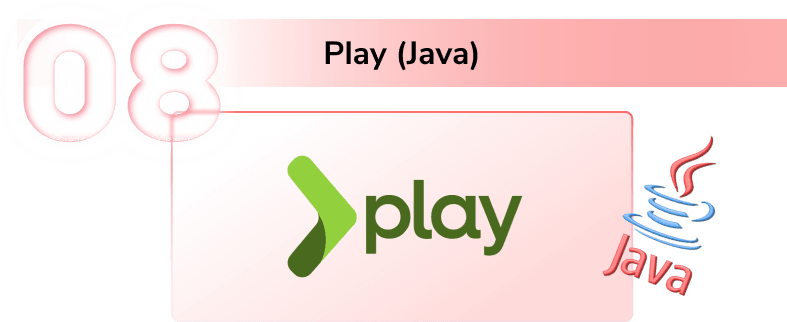
Play is a Java web framework designed to minimize boilerplate code. It gives you tools to quickly create an application that uses HTTP and HTML as its interface, with JSON representing the state of the program. After getting started with Play, you can add support for other technologies, such as databases or JavaScript frameworks, to build your product even faster.
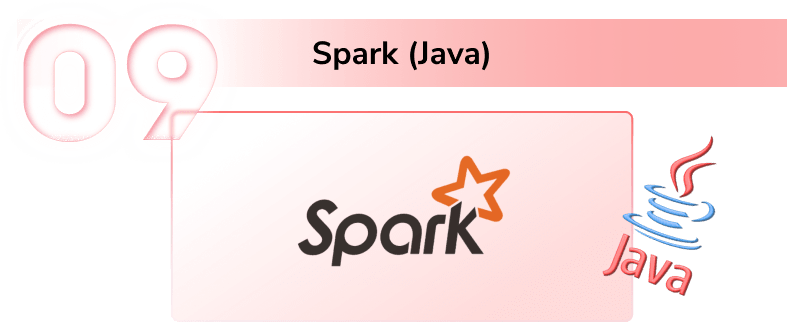
Spark is another open-source web framework based on Java. It aims to be easy to use and learn for both experienced and inexperienced Java developers, and it has been used in several products (suite CRM, Jelastic PaaS).
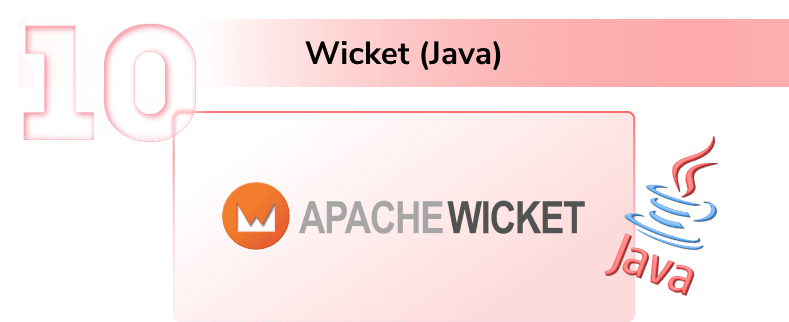
Wicket is an open-source web application framework for the Java programming language. It follows the MVC (Model View Controller) architectural pattern, and it is easy to use. Wicket is suitable for both small and large web applications.
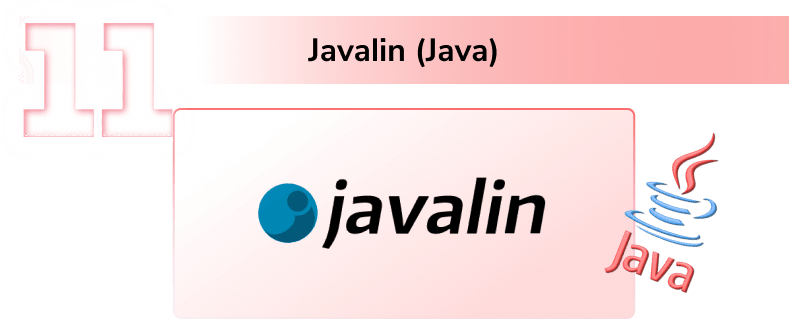
Javalin is a new, lightweight framework that offers a simple and fast way to build web applications. It is built on the Model-View-Controller (MVC) pattern and follows the philosophy that code should be easy to write and read. Javalin is also suitable for both small and large web applications.
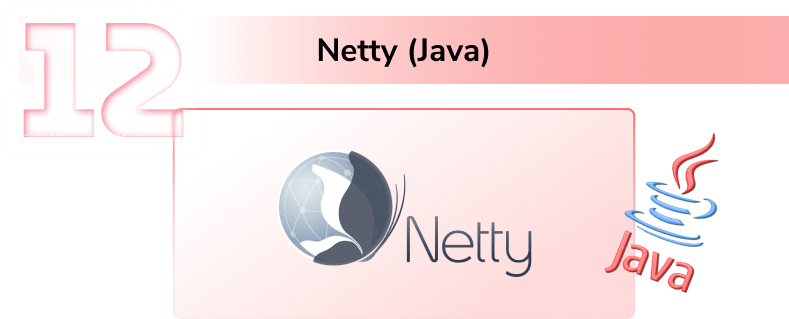
Netty is an open-source framework designed to simplify network programming, such as server and client application development. It features high performance, the separation of protocol infrastructure from application logic, and a large community of users, including IBM, Red Hat, Twitter, Netflix, Hortonworks, Oracle/Sun/Oracle America Inc., AT&T Interactive ComScore, and many more.
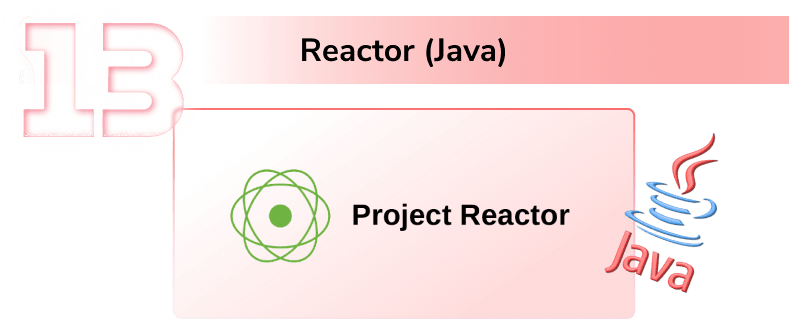
The Reactor is a high-performance application framework for Java that uses non-blocking I/O to provide a simpler way to build fast and scalable server applications. It is being used by several big brands, including LinkedIn, PayPal, Yahoo!, eBay Inc., Walmart Inc., and Netflix.
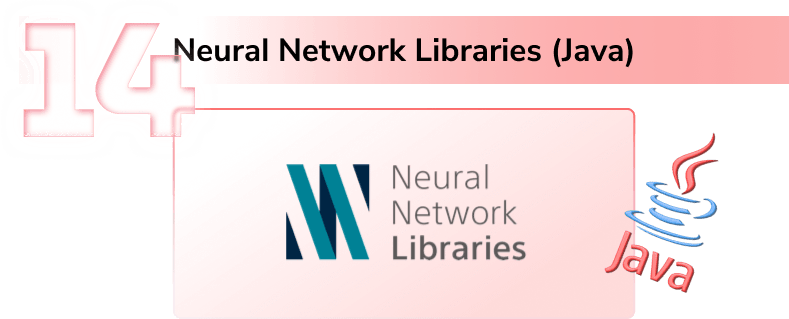
Neural Network Libraries (NNL) is an open-source framework that allows you to quickly build distributed deep learning applications. It provides neural network implementations, such as feedforward, convolutional, recurrent, and recursive neural networks, supports CUDA, and has many users in academia and industry.
One thing to be clarified is that Neural Network Libraries are typically utilized more in the context of machine learning and deep learning for AI development tasks rather than general software engineering.
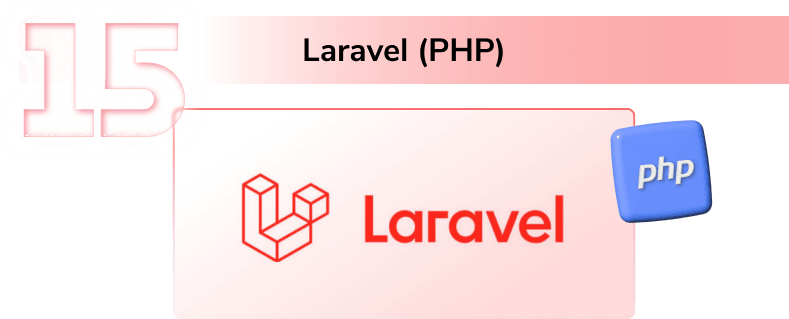
PHP is not the most popular language in the world, but it does have a large and active development community and a number of excellent frameworks. One of the most renowned ones is Laravel, which is known for its expressive syntax and elegant code. It’s also ideal for building RESTful web-based applications and APIs.
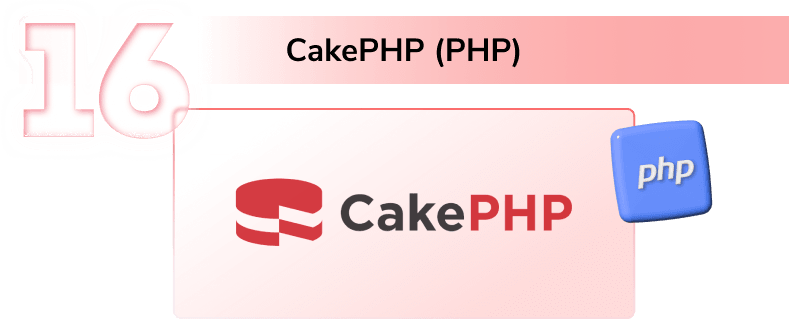
CakePHP is a framework that helps you build applications faster with less code. It uses commonly known design patterns like Active Record, Association Data Mapping, Front Controller, and MVC to provide an infrastructure you can use to build robust web applications.

This is a web application framework for PHP that follows the model-view-controller (MVC) architecture and has a large number of reusable components available. Symfony makes it perfect for building complex web apps and creating your own PHP libraries and reusable code.
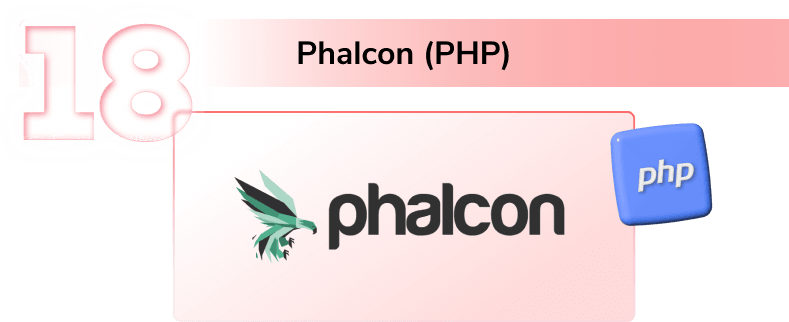
Phalcon is one of the web development frameworks. It is written in C and built as a PHP extension, making it extremely fast. It’s inspired by other popular frameworks like Ruby on Rails and Spring and makes dependency injection, caching validation, and other everyday tasks a breeze.
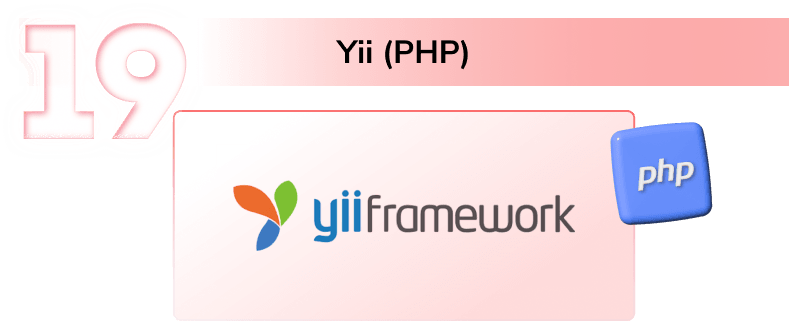
Yii is a high-performance PHP framework that provides many tools for creating web applications. It includes features like an Active Record implementation, unit testing support, and code profiling to help you get started quickly and easily, regardless of the great web development community.
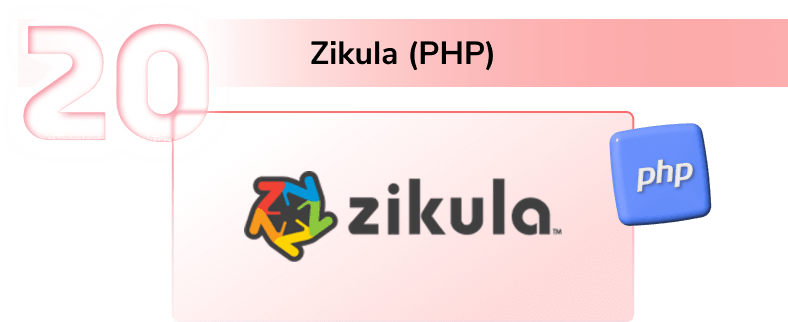
This is a content management system (CMS) and application development framework for PHP to create and manage your own web applications. It includes features like an article management system, a wiki system, a blog system, and a forum system to help you get started quickly and easily.

Lumen is a PHP microframework created by Laravel creator Taylor Otwell. It is a smaller, faster, and more lightweight alternative to the Laravel framework. Lumen is perfect for building simple, fast, and elegant web applications without all of the bells and whistles that come with larger frameworks.

CodeIgniter is a lightweight PHP framework that provides a simple and elegant way to build dynamic web applications. It is well-suited for smaller projects, and it integrates well with other popular PHP libraries and frameworks. CodeIgniter also has a proactive user community, making it an excellent option for any PHP developer.
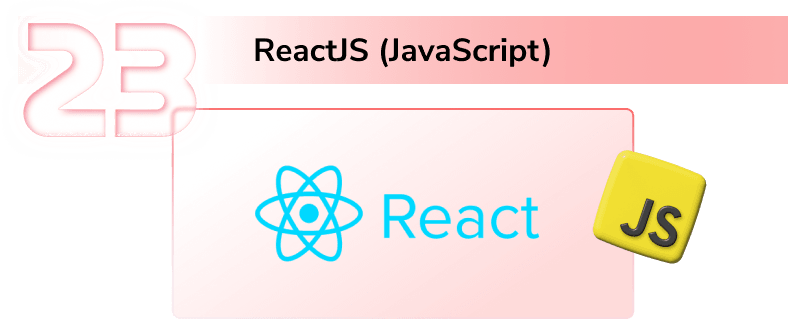
ReactJS is an optimal JavaScript library for building user interfaces. Since its inception, ReactJS has been gaining popularity due to its ability to create performant, reusable components. This feature makes it perfect for creating large and complex web applications and creating reusable front-end components that can be used in various projects.
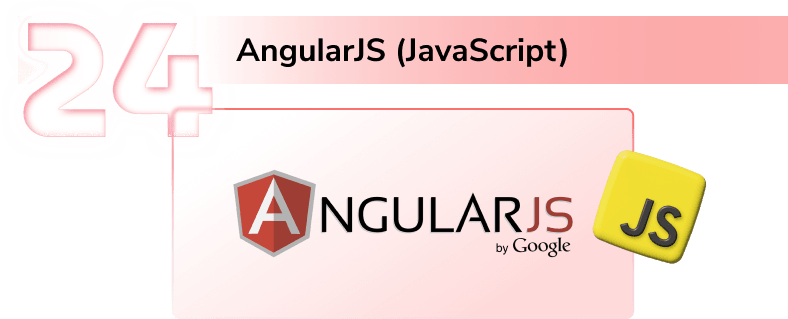
AngularJS is another JavaScript library that is used to build dynamic web applications. It is trusted for creating single-page applications. In fact, Angular has been used to build some of the most popular web applications in the world, such as Google Inbox, YouTube, and UpWork.
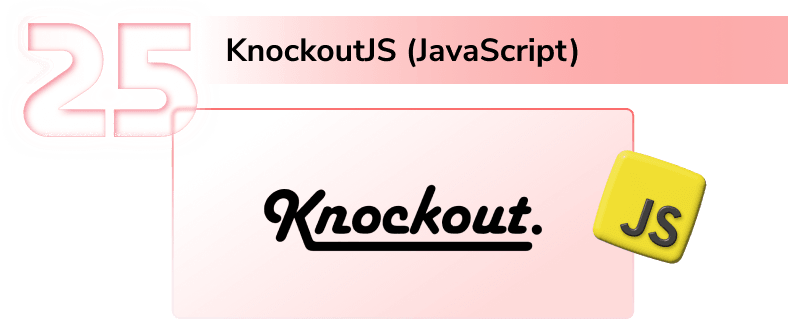
KnockoutJS is a JavaScript library for creating reusable user interface components. KnockoutJS is made for developing data-driven applications, as it allows you to bind your data directly to your HTML templates. As a result, it is easy to keep your code up to date as your data changes. It also includes a templating engine that automatically creates DOM elements for you, removing the need to write any JavaScript code.
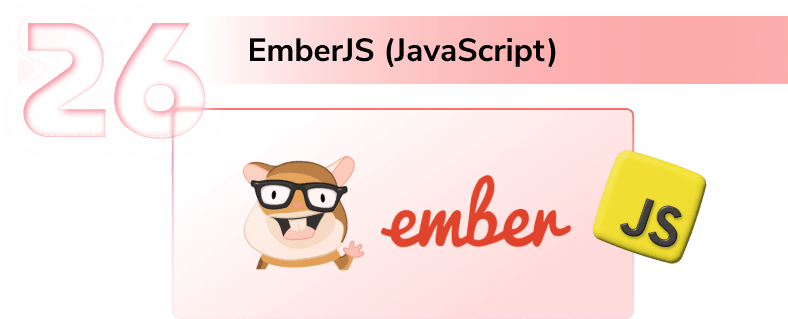
EmberJS is another JavaScript framework known for its emphasis on productivity and ease of use. Developers can rely on EmberJS to create prototypes and get their ambitious web app development ideas off the ground, not to mention the active community that is always willing to help out.
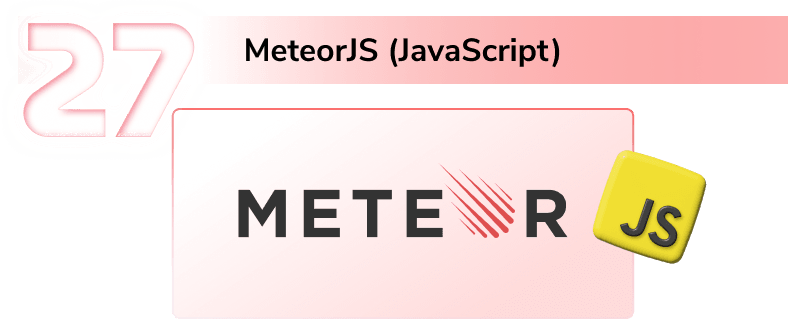
MeteorJS is a full-stack JavaScript platform used to create web and mobile applications. The software framework makes it easy to build and deploy applications and maintain them over time using its innovative live-reload development environment. This allows you to run your code and view changes in real time without continually refreshing the page.
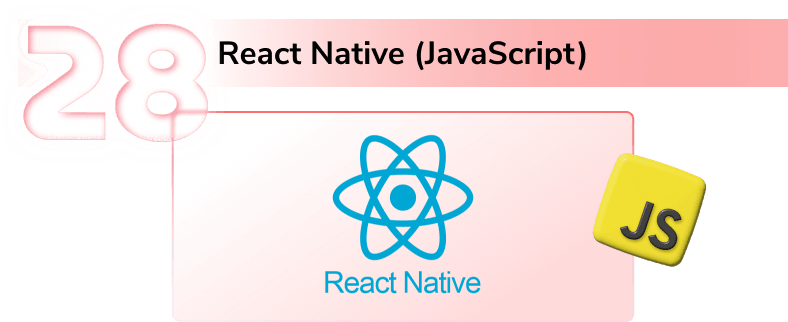
It is a framework for developing cross-platform mobile applications - which enables developers to create native iOS and Android applications using JavaScript. With React Native, it is no big deal to build prototypes or extend your web apps to mobile devices. Like others, React Native is also supported by a strong community of users who are always happy to share, contribute, and help each other.
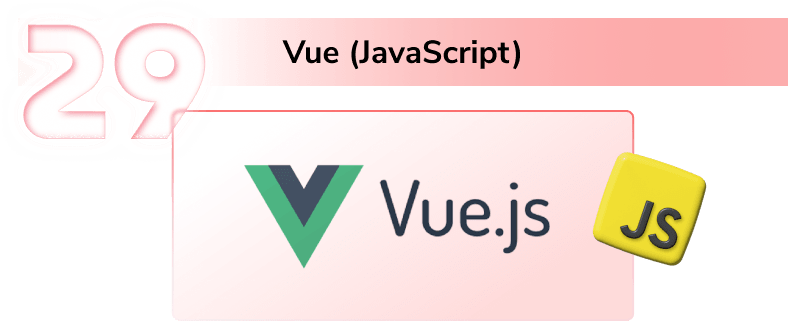
Vue, pronounced “view,” is a progressive JavaScript framework that makes it easy to build user interfaces. It has exploded in popularity and has an extremely active community with many online resources.

This framework is a static site generator for React that lets you create websites and applications using React. It makes it simple to develop sites quickly and efficiently while providing many features not found in other frameworks. This software development framework also has a great user base if you need support.
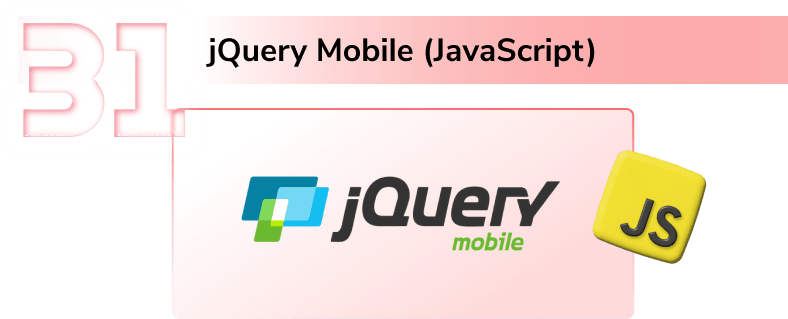
jQuery Mobile is an open-source HTML5 framework designed to make responsive websites and apps that are accessible on all smartphone, tablet, and desktop devices. It is widely used by a lot of big companies. You may know some of them. E.g., Facebook, Twitter, Adobe, Yahoo!, and Walmart. jQuery Mobile is a perfect choice if you are seeking a lightweight JavaScript framework that works on all devices.
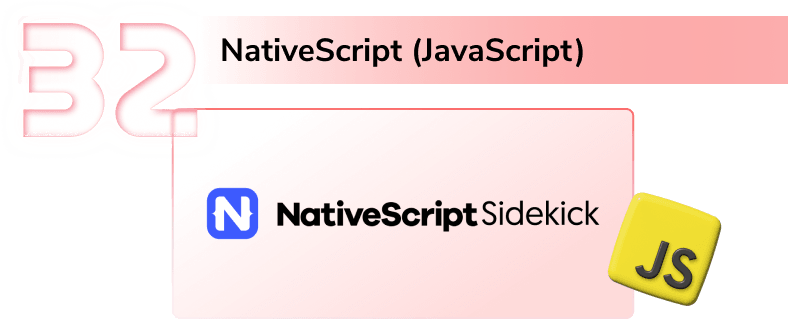
NativeScript is an open-source software framework for developing cross-platform native mobile apps with JavaScript. It enables you to use the same codebase to develop iOS, Android, and Windows Phone apps. Behind NativeScript, there is a large user community as well. Apple, Facebook, and Microsoft are a few typical names that are using this framework.
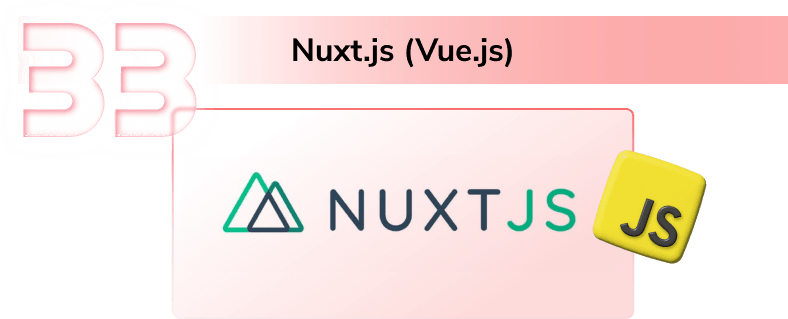
Consider this framework if you are about to build universal Vue.js applications. Nuxt.js provides sensible defaults and a robust routing system that makes it well-suited for larger or more complex projects. Nuxt.js also integrates well with popular software development tools, making the SDLC a breeze.
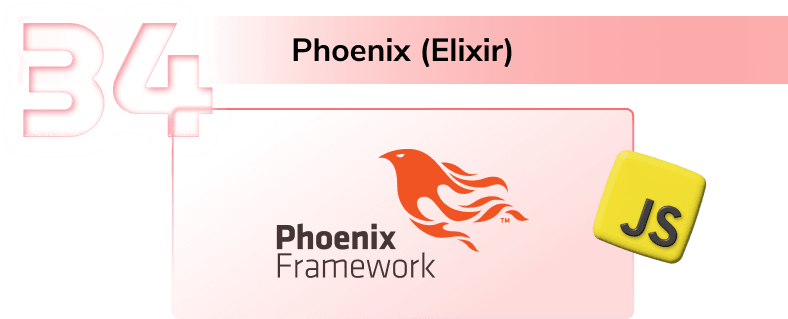
Phoenix is a web framework written in Elixir that follows the Model View Controller (MVC) pattern. This framework provides routing, templating, testing, and ORM tools that are out of the box, so it is ideal for a web development project. With Phoenix, web developers can streamline and speed up the development process of a web application. Phoenix also integrates well with other Elixir libraries and tools, making it an even more excellent choice for any Elixir project.
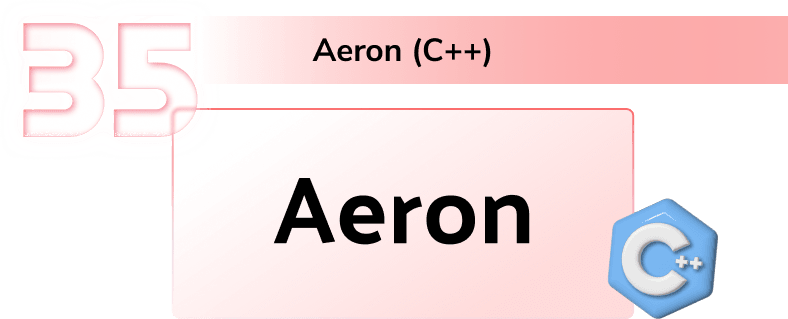
Aeron is a high-performance C++ framework for building concurrent applications. It is utilized by companies such as Twitter, Apple Inc., and Square.
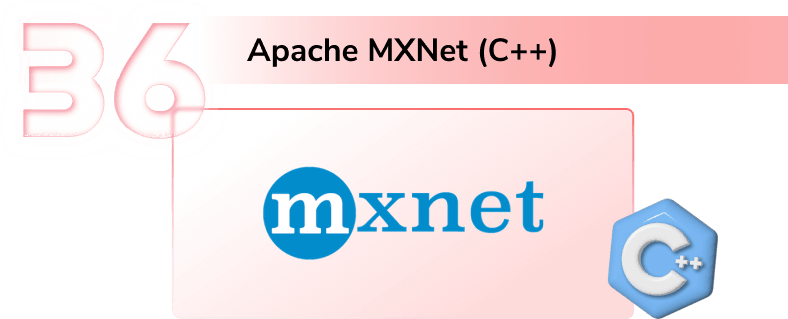
It is an open-source deep learning framework created for both efficiency and flexibility. Apache MXNet enables you to mix symbolic and imperative programming to maximize efficiency and productivity. It has been used by many tech giants, like Uber Technologies Inc., Salesforce, Intel, Twitter, Qualcomm Inc., Walmart Inc., Baidu Inc., Tencent, and Nvidia.
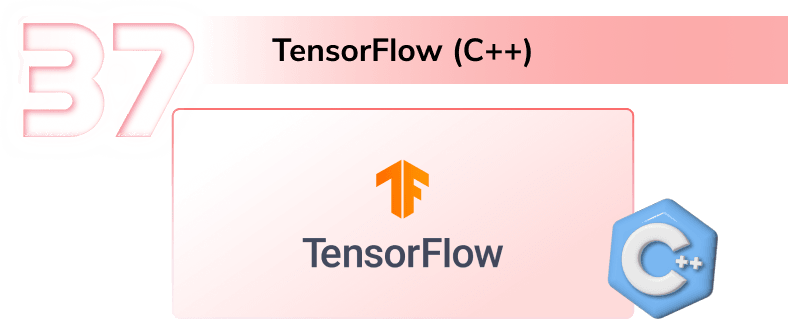
TensorFlow is an open-source platform for machine learning that researchers at Google originally developed. It is also known as a framework for building deep learning models. It provides a wide range of high-level APIs for building custom algorithms and models and low-level primitives for more complex tasks. TensorFlow has been used by companies such as Intel, Nvidia, Microsoft, Facebook, Baidu Inc., Uber Technologies Inc., Walmart Inc., Salesforce, and Tesla Motors.
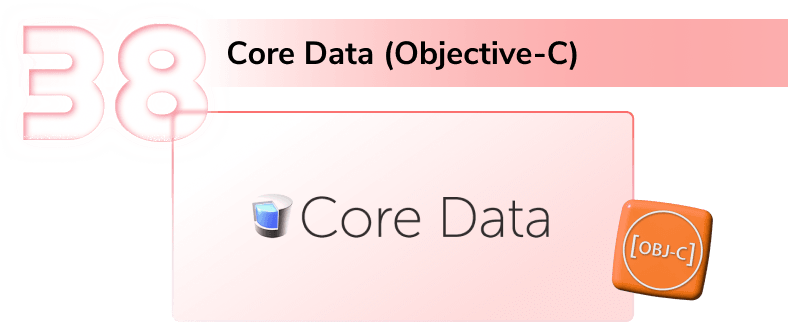
This is an object graph and persistence framework for macOS and iOS that allows you to save the state of your application to a file. Core Data offers tools to create, edit, delete, or search for data objects using either SQLite or binary storage formats. It is extremely flexible and can be leveraged in various ways.
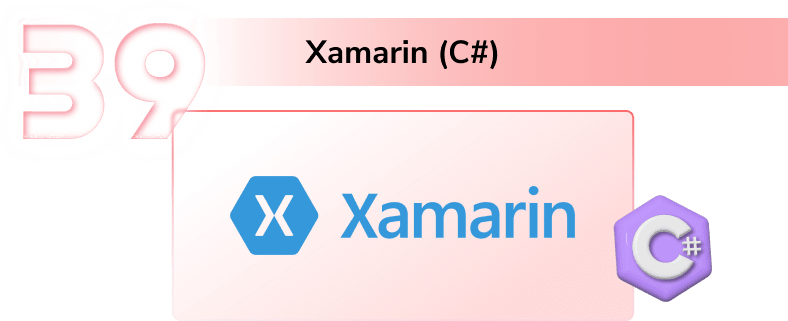
Xamarin is a cross-platform mobile development framework that enables you to build native iOS, Android, and Windows Mobile applications in C#. It eases the sharing of code across platforms while still having access to platform-specific APIs.
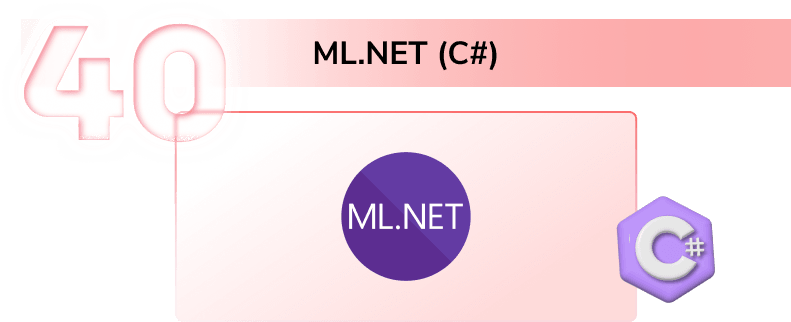
This is a machine learning framework originally developed by Microsoft and now has a large community of contributors. It provides .NET APIs, prebuilt algorithms, and other tools to make it easy to build powerful predictive applications. ML.NET has been used by companies such as Netflix Inc., Uber Technologies Inc., and Facebook.
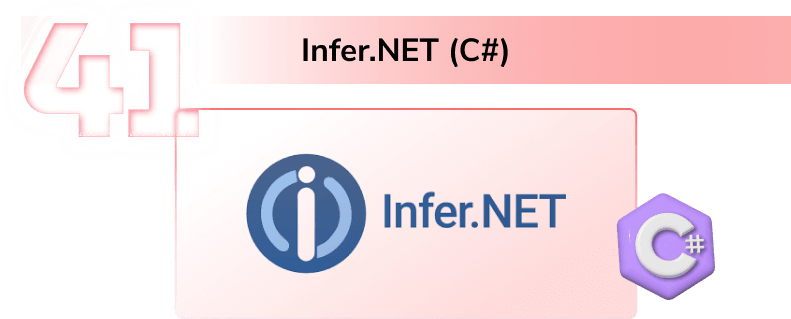
Infer.NET is an open-source framework for static analysis of C# code. It provides a flexible, scalable system for developers to specify how software should behave in order to ensure correct results while providing faster feedback to developers about problems in their software. Infer.NET has been used by companies such as Microsoft Research, Google, Facebook, and Netflix.
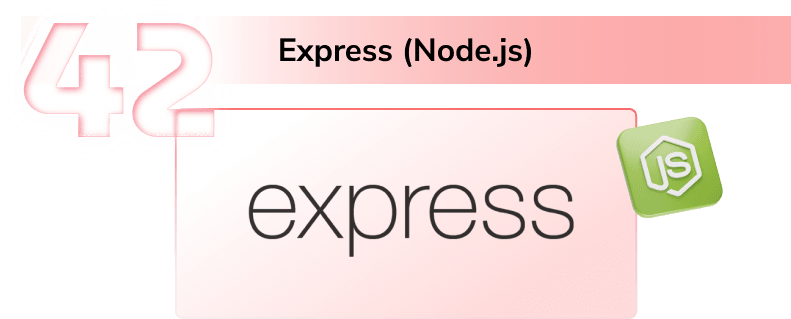
Express is a web application framework for Node.js, providing a quite comprehensive set of features for building web applications and APIs. Together, they make an incredibly powerful combination, allowing software developers to create sophisticated web applications and APIs that can handle high loads without breaking a sweat.
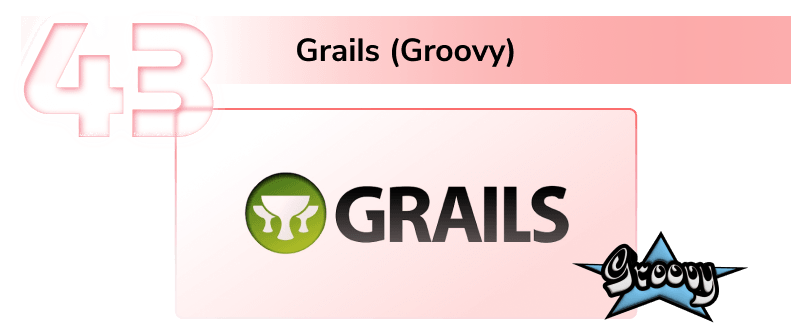
Grails is a full-stack web framework for Java that supports and eases the process of creating complex, scalable web applications. It supports HTTP, RESTful APIs, and many other features that allow you to get started quickly and efficiently while still having the flexibility to build complex applications.
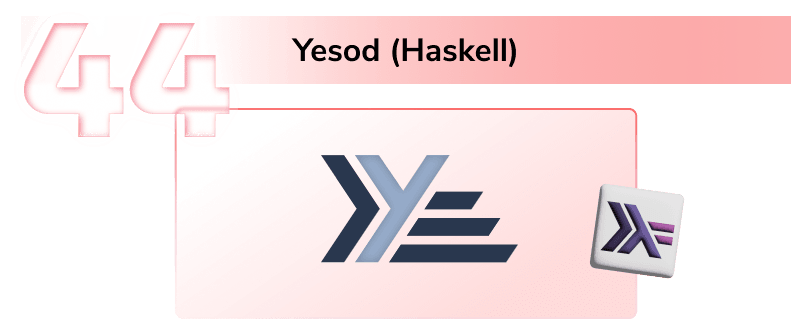
Yesod is a web framework for the productive development of type-safe, RESTful, high-performance web applications. In particular, Yesod has inspired many other frameworks, like Flintrock in Ruby or Pyramid in Python. So, it is a good investment if you are interested in learning from Yesod and its complete feature set.
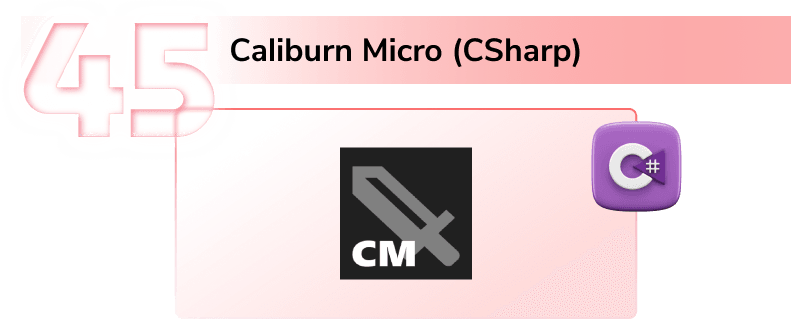
It is a small but powerful framework for creating Windows Presentation Foundation (WPF) applications. Caliburn Micro provides everything you need to get started quickly, and it has an active user community.
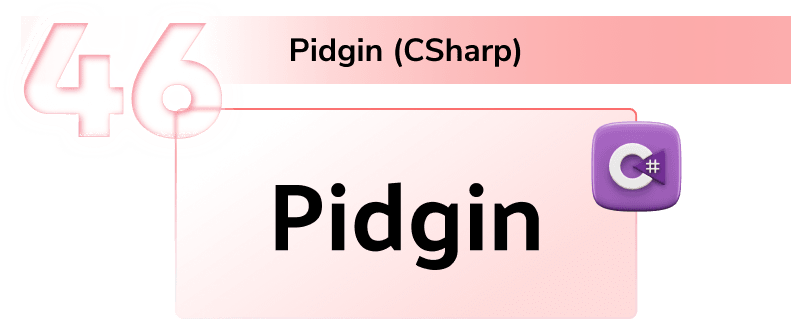
Pidgin is an open-source, lightweight C# web framework based on the MVC architectural pattern. It has built-in support for many technologies, including Web API and AngularJS, and it integrates nicely with other popular tools like Ninject or Autofac.
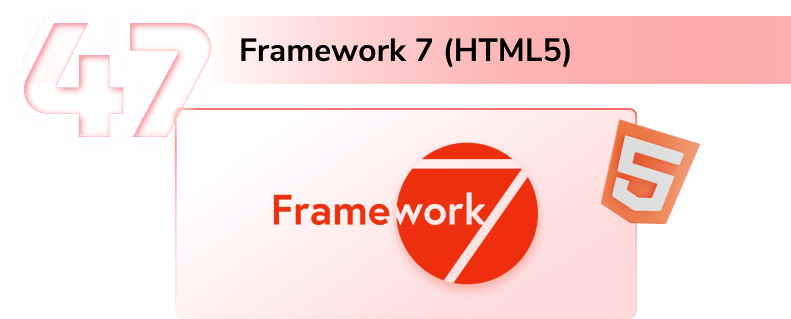
Framework 7 is an open-source HTML5 framework for building iOS and Android UI with JavaScript. It provides high performance, native animations, and native UI controls like buttons, checkboxes, toolbars, cards, etc. Additionally, Framework 7 has a large user community and is trusted by global tech companies such as Twitter.
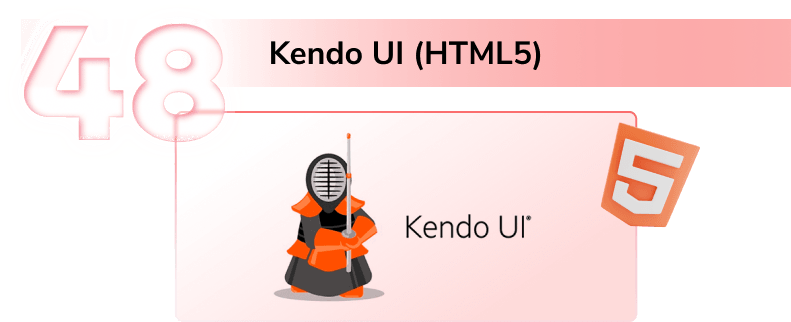
Kendo UI is an HTML5 framework for building cross-platform mobile apps and websites with JavaScript, CSS, and HTML. It provides high-performance UI components that work on any device, including touchscreen smartphones and tablets, desktop computers, game consoles (PlayStation 4 and Xbox One), smart TVs (Samsung TV/Android TV, LG WebOS TV, Apple TV), and cars (Tesla Model S). Kendo UI has a large user community and is used by companies like Microsoft, Adobe, and IBM.
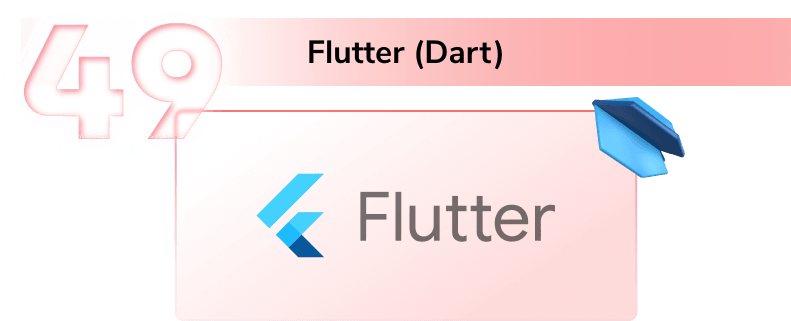
Flutter is an open-source mobile application SDK originally developed by Google but now maintained by the community. It helps developers to build high-performance, high-fidelity mobile apps for iOS and Android from a single codebase in the Dart programming language. Flutter works with existing code, is used by companies such as Alibaba, Google, and Hamilton Musical, and has a large user community as well.
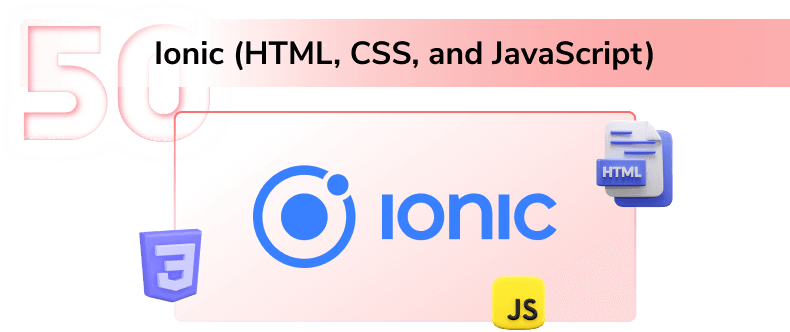
Ionic is a front-end web development framework for developing hybrid mobile applications using AngularJS. It includes features like drag-and-drop, local storage, and push notifications to allow you to build complex single-page apps quickly and easily.
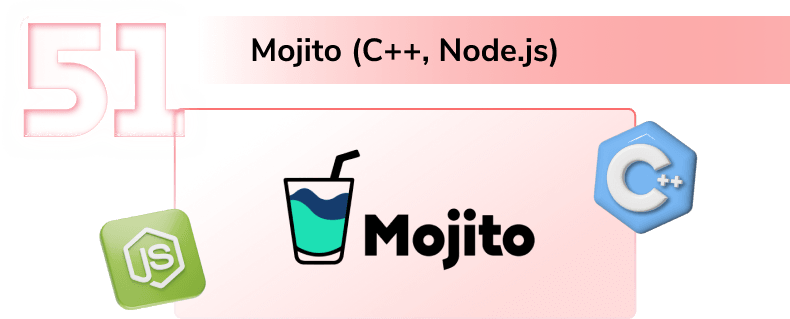
Mojito is a full-stack JavaScript development platform that uses the Node.js runtime and MongoDB database. This framework comes with an MVC architecture and a flexible client-server model that enables developers to build rich, data-driven web apps. Mojito has been used by companies such as LinkedIn and Yahoo! Inc. for their web development needs. It also has a strong open-source community and is constantly evolving to catch up with the changing demands of web development.

This is an open-source web development framework. Using Blazor, developers can develop web applications quickly, especially single-page ones. Blazor utilizes WebAssembly to execute code in the browser, giving developers the ability to create rich client-side applications without the need for JavaScript. Additionally, Blazor has built-in support for server-side rendering and can integrate seamlessly with ASP.NET Core.
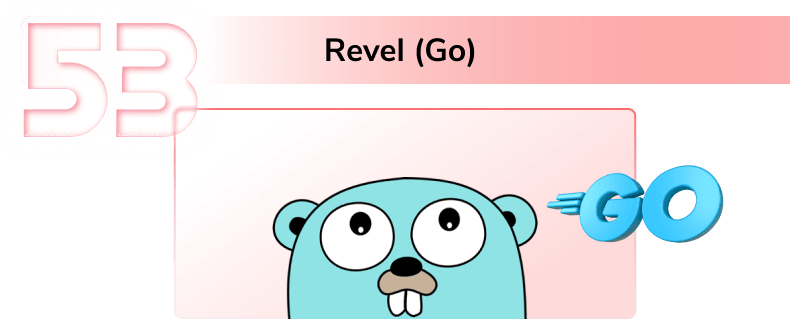
Revel is a high-productivity, full-stack web framework for the Go programming language. This framework is known for its emphasis on productivity, code organization, and comprehensive features - facilitating the development of complex web applications. The Revel framework comes with built-in functionalities such as routing, parameter parsing, validation, session/flash management, templating, caching, job running, and a testing framework. This framework enables developers to quickly build scalable and enterprise-grade applications in Golang.

Final Thoughts
Now that we have gone through the list of over 50 software development frameworks that are currently in common use. If your project needs a new framework or wants to upgrade an existing one, we expect the tour to guide you satisfactorily. Remember that this is just a sampling of the frameworks available, and there are many others out there for you to explore. Keep on learning and experimenting with many new technical stacks.
If you need professional guidance and advice on software development, do not hesitate to reach out to Orient Software. We have experts to consult with you on the best framework for your project and even provide full-stack development and many other custom software development services using some of these popular frameworks. We also boast a team of dedicated developers and the best-in-class talent to empower your project. Whatever you need, we are here to support your software development journey. Talk to us for further discussion.


